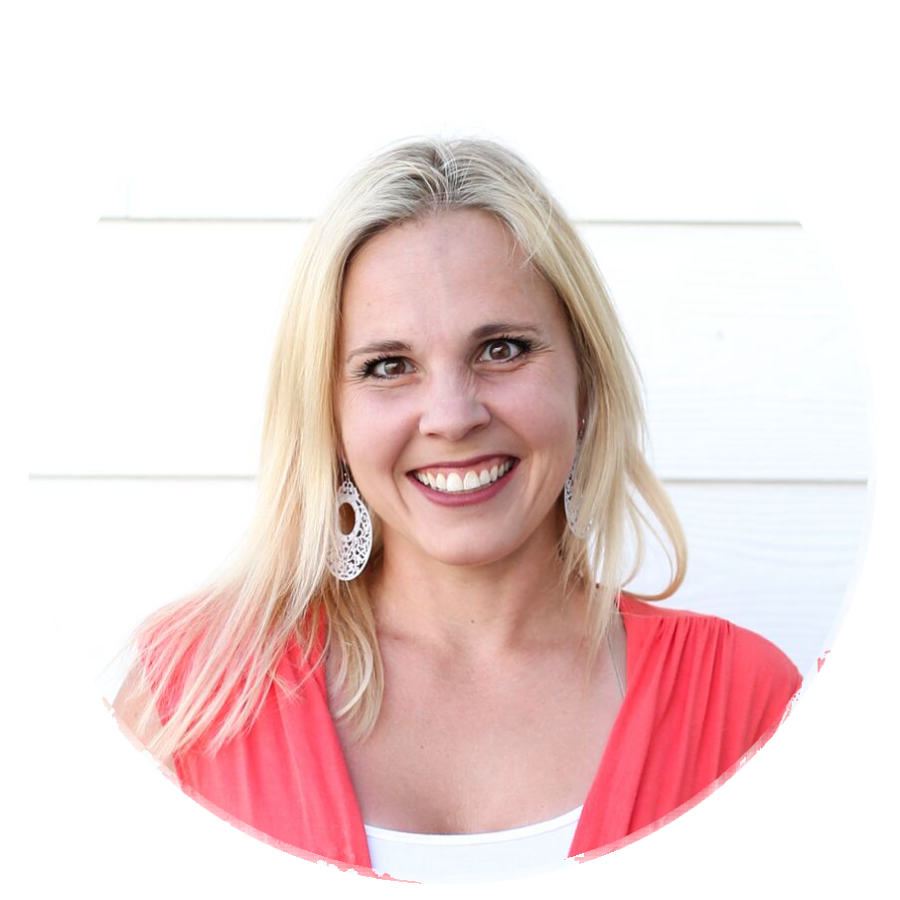About 2 years ago I was introduced to sourdough bread. I blogged about it in a 2 part series here: Sourdough Part 1 Sourdough Part 2 Since then I got pregnant, had a baby and let my starter die a slow awful death and haven’t revisited it much. Does this sound familiar? Well about a couple months ago I decided it was time to venture back into the sourdough and natural yeast world. I wanted to be able to make this type of bread regularly and use it in my kids lunches. I wasn’t going to stop until I learned it! Well I have been experimenting and studying a lot the past few weeks and have come back to this concept a lot more confident and excited.

If you need a quick refresher, sourdough bread comes from a natural yeast starter (which is a pancake/muffin batter type texture of wheat and water) and other bread ingredients. The starter is what raises the bread and while it does so it unlocks a lot of nutrients and makes them easier to digest. It’s the way we used to make bread before commercial yeast.
The book that changed everything
 |
I started round 2 of my sourdough journey by borrowing this book from a friend. Let me tell you, I LOVED this book. The Art of Baking with Natural Yeast is awesome! Usually books like this overwhelm me. I feel like they tend to have so much information and ingredients I can’t actually digest it. This book was JUST right. It was an easy read and full of information that I could understand and apply. I had a friend that could give me some of her starter so I wasn’t looking for a detailed book on how to make your own starter. I was looking for one on how to use it and maintain it. If you’re looking on how to start your own starter you can check out this link. Now that I’m feeling confident in how to use my starter maybe I’ll try making my own. |
A Starter?!?!?
Ok back to the starter, I decided to make a very QUICK and informal video to show you what a starter looked like and how to feed it. I know seeing a friend do something with them makes understanding this a lot easier, so come on into my kitchen while I show you what a starter looks like:
Now what
After you have some starter made and fed you can use it to bake breads, muffins, crusts etc. Putting starters in your recipes and then letting it sit and sour will be what it needs to raise. This is how people made bread before commercial yeast. This is natural, this is sustainable. THIS IS AWESOME! Can you tell I’m excited. What has excited me most about this whole journey is learning how much healthier this is. The process of souring your foods will do great things. It makes breads more digestible, lowers the gluten content, increases the availability of nutrients and so much more.
When I was making my sourdough bread the first time I was making an artisan type loaf. My kids ate it just fine but I couldn’t make sandwiches with it and never got in the habit of making it regularly. I wanted to combine this sourdough bread concept with everyday life. With one of the basic recipes from the book (that included a kneading component that I didn’t do with the artisan bread) I have been making sandwich bread now for 3 weeks for my kids at school. I eat the bread with eggs in the morning. I make pizza dough with it. I have felt fuller longer and my gut feels great. Had that been regular whole wheat bread I couldn’t have tolerated as much.
Basic Recipe
This is the basic recipe I’m using, but in the book I got the author has 6 basic ones you can use and tweak for your liking. It has one that has molasses and honey (that is delicious). It was one that uses a little coconut oil. It has a bread machine variation and more. I have tried nearly all of them and just love that they have all worked great.
Ingredients:
1/2 cup starter (after it’s been mixed)
2 cups warm water
2 tsp salt
5-6 cups of whole wheat flour
Directions:
Mix first three ingredients. Add flour one cup at a time. You’ll want the sides to come off the mixer but don’t over flour. Knead for 10 minutes. Let sit covered for 6-10 hours. Once the dough has nearly doubled in size after 6-10 hours, put into loaf pans and let raise another 2 hours. Bake at 375 degrees for 30 mins. This will make 2 loaves.
If this is something that interests you I would highly recommend getting The Art of Baking with Natural Yeast. I can’t adequately relate everything I learned (and I don’t really want to plagiarize)

-Jodi Weiss Schroeder
http://foodstoragemadeeasy.net

